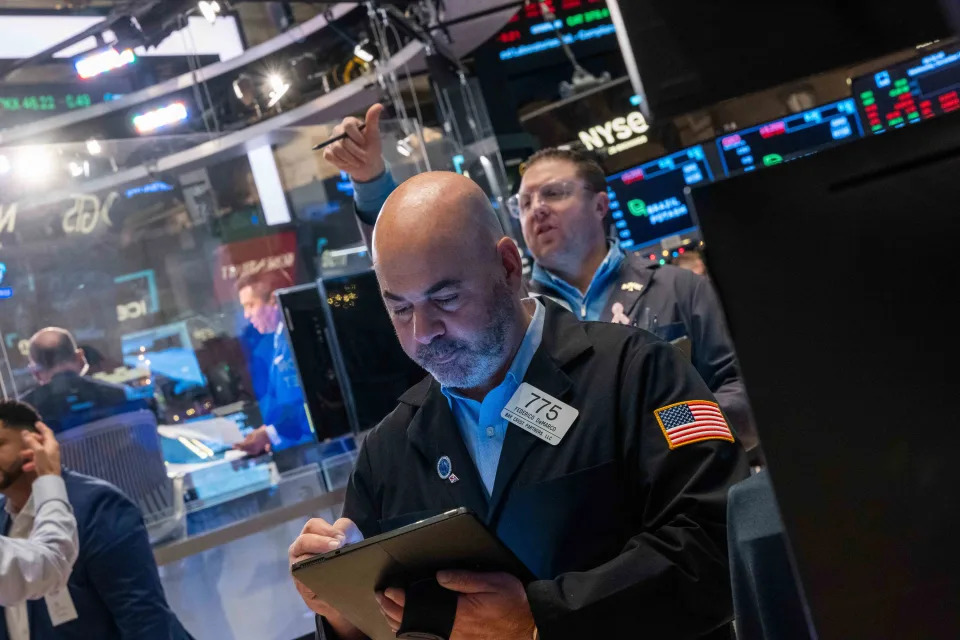Here’s Why the Dow Just Had Its Worst Slump in 50 Years

Key Takeaways
The Dow Jones Industrial Average tumbled Wednesday after falling in each of the previous nine sessions, capping off its longest stretch of daily losses since 1974.
The blue-chip index has slumped 6% during its latest losing streak. The S&P 500 and the Nasdaq Composite have shed a comparatively modest 3.5% and 1.8%, respectively, despite suffering more painful routs on Wednesday.
So why have these three major indexes, each containing the stocks of some of America’s largest companies, diverged lately?
UnitedHealth Slide After CEO Killing Weighs on Dow
UnitedHealth Group ( UNH ) shares lost more than 20% of their value in the nine sessions after Dec. 4, the day the CEO of its insurance arm was fatally shot in an attack that’s put renewed focus on the business of healthcare in America. That was also the last day the Dow closed higher.
Since the shooting, lawmakers have introduced legislation to force the breakup of certain big healthcare companies and President-elect Donald Trump has vowed to “take out the middleman,” referring to pharmacy benefit managers (PBMs), who negotiate drug prices on behalf of insurers, employers, and government health plans.
Shares of CVS Health ( CVS ) and Cigna ( CI ), both of which, like UnitedHealth, operate insurance companies and PBMs, fell 24% and 20%, respectively, between Dec. 4 and Tuesday’s close.
Before its slump, UnitedHealth had a stock price of $610, making it the priciest stock in the Dow, and thus the index’s most influential component. That’s because the Dow is price-weighted , meaning the higher a company’s share price, the bigger its impact on the index. The S&P 500 and Nasdaq, meanwhile, are capitalization-weighted and give more influence to companies with greater market values.
Nvidia's Addition to Dow Also Pulls Index Lower
UnitedHealth hasn’t been the only laggard in the Dow this month. Nvidia ( NVDA ), which joined the blue-chip index in early November, has fallen in all but one trading session since Dec. 4. The stock, possibly weighed on by reports of an anti-monopoly investigation in China and the ascent of competitor Broadcom ( AVGO ), entered a technical correction earlier this week.
The Dow was on track to snap its losing streak on Wednesday before the Federal Reserve's interest rate projections sparked a broad sell-off. Nvidia shares fell 1.1% on Wednesday after trading more than 3% higher in mid-day trading. UnitedHealth Group was the only component of the 30-stock Dow to close in the green, rising 2.9% alongside peers CVS and Cigna.
Update—December 18, 2024: This article was updated to reflect stock prices and index levels as of the market close on Wednesday.
Read the original article on Investopedia

